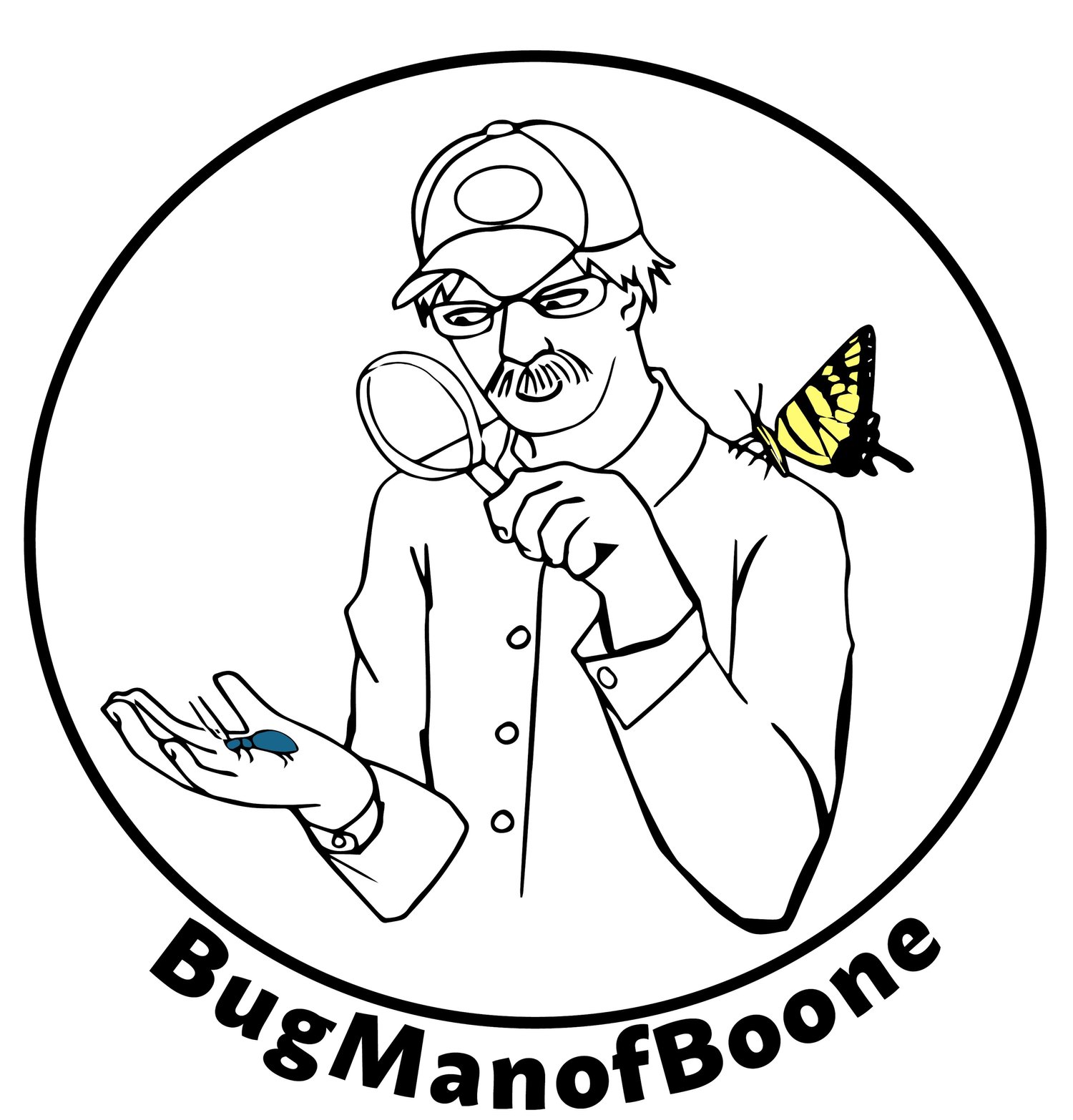Why the pesky fall yellowjackets?
Spending time picnicking or eating meals outside once September comes around in the High Country may come with unwanted visitors- yellowjackets. These distinctive yellow and black striped wasps may have gone largely unnoticed before then, unless of course you encountered them and received a painful sting. By and large though these insects go without much notice until the fall- the question is why? It mainly has to do with how they live. As I once told my kids; it’s not unfair to say that yellowjackets with previously important “jobs” now are bored (used loosely if applied to an insect), and hungry.
The life history of yellowjackets in our area, with common species found in the genus Vespula, helps explain their change in behavior as summer wanes and fall begins. Like some other wasps, yellowjackets are social insects, meaning they live together in a colony (society) of individuals. Up to a few hundred (or even thousand) live in a nest mainly constructed by the workers, which are all female, daughters of a single female queen. Indeed, almost all members of the yellowjacket society are workers. While sometimes found aboveground, for some yellowjacket species it is more common to have the nest made of “paper” the insect creates chewing up wood fibers below the ground, making them sometimes very hard to see. These highly aggressive defenders can inflict both painful and numerous stings if provoked by inadvertently stepping on the nest. This is not only very unpleasant but can be dangerous for people allergic to insect stings.
Johnny N. Dell, Bugwood.org
In the yellowjacket society female workers leave the nest to forage for food to feed the developing young, not unlike parental care but by sisters and not mom! During the spring and summer months especially the food of choice for the workers is a source of protein, such as other insects. So although scary and unwanted, the foraging yellowjackets can actually benefit gardeners by taking harmful garden insects for food. Changes occur in the nest as fall approaches that result in the shift to the annoying yellowjacket behavior while enjoying a picnic. This mainly happens when the queen stops laying eggs. Soon after this there are no more young mouths to feed, and the previously foraging workers are now left without the chore of feeding the young. Worker yellowjackets now become not only “bored” but importantly in need of food. Leaving the nest workers especially seek sugar since it provides an easy source of energy. Your favorite sweet drink or perhaps food is a good target at picnics, and the persistence the yellowjacket shows in trying to catch a quick meal makes for an annoying and somewhat frightening experience. In truth, the insects are not that interested in you so much as your food, so in as much as possible try to ignore them (avoid swatting to make them aggressive!). At some point the yellowjacket will leave you to seek another person to pester with a sugar source. Back in the nest, after queen egg-laying ceases, new queens and males emerge and leave the nest. The interesting society that thrived over the summer disappears as fall goes to winter, when the original queen and all the workers die. Queens that overinter and start new colonies in spring, starting the cycle anew.
So even though the yellowjacket may not be your favorite insect, it indeed has a fascinating life history like many more likable insects in our area. If you can avoid nests and stings, and put up with their annoyance this time of year, a better understanding of how a yellowjacket lives may improve your appreciation of these wasps.
References:
Wm. Michael Hood. Yellow Jackets. Clemson University Extension. 1998.
https://www.clemson.edu/extension/beekeepers/fact-sheets-publications/yellow-jackets.html
Steve Jacobs, Sr. Eastern Yellowjacket. Penn State Extension. 2015.
https://extension.psu.edu/eastern-yellowjacket
Steven Frank and James Baker. Yellowjackets in the landscape. NC State Extension Publications. 2021. https://content.ces.ncsu.edu/yellowjackets
Portions of this article appeared in the Watauga Democrat (Boone, NC) on October 5, 2022 and Mountain Times on October 6, 2022.

